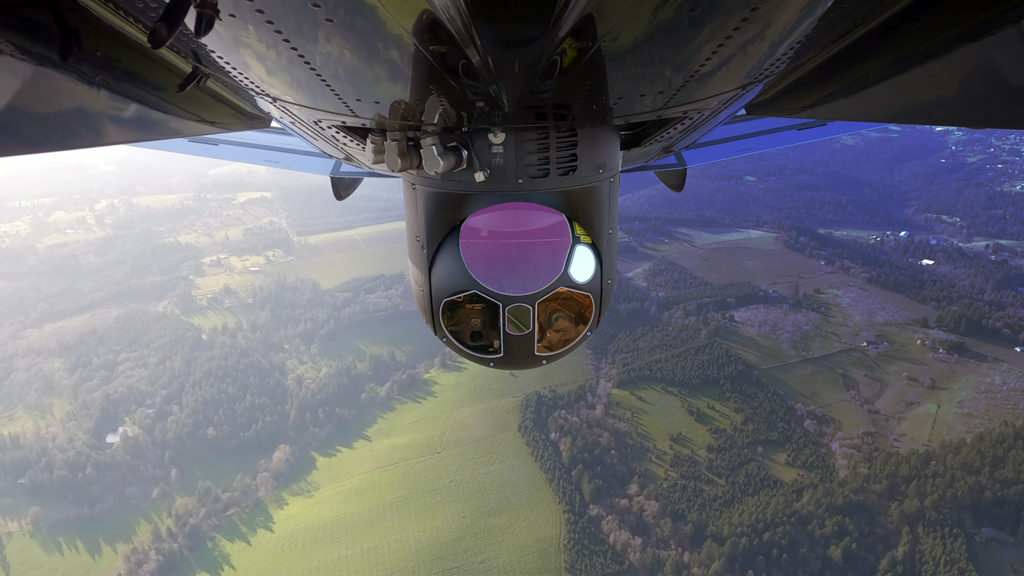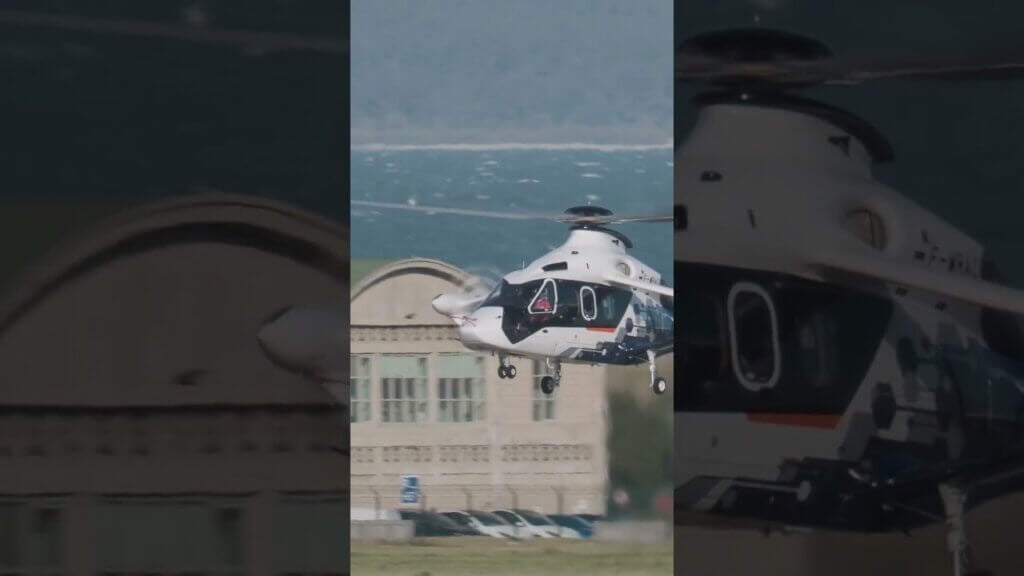FLIR Systems has outlined two new innovations in the unmanned aerial system (UAS) and helicopter space: a software upgrade for the Black Hornet nano UAS featuring an autonomous backtracking feature, and the provision of aided target recognition and other upgrades through its new Star Safire 380X gimbal system.

The new Star Safire 380X gimbal system was revealed in the middle of the year, with a range of potential operational uses. It can be acquired as a standalone system, while existing Star Safire assets can also be upgraded to its specifications.
Troy Boonstra, FLIR’s vice president of product management – sensors, said the hardware and firmware upgrade allows for the addition of artificial intelligence capabilities, aided target recognition, augmented reality, and a multi-tile image display that is more accessible for operators.
Additionally, he said that miniaturisation has enabled the company to boost the system’s processing capabilities without significantly increasing the weight, an important consideration for the types of airborne platforms that use the gimbals.
Boonstra said that while the upgrade has not yet secured military customers, such operators have expressed an interest in the system, particularly outside the U.S.
David Proulx, the company’s vice president for unmanned systems & integrated solutions, discussed the Black Hornet upgrade in a conference call with reporters in late October. Proulx said the latest iteration of the software – called PRS 4.1 – features an autonomous backtracking feature, which allows the nano UAS “to effectively retrace its steps using a series of computer vision and edge of network AI algorithms,” until the aircraft regains a link with its operator.
The Black Hornet Personal Reconnaissance System (PRS) is used by the armed forces of several countries for covert surveillance, including the U.S., the U.K., Germany, and France. The ability to independently return to its operator, even if its connection is lost, brings a number of advantages, said Proulx, “not least of which is the survivability and recoverability of that asset, so that it isn’t lost inside the target area.” More importantly, it can increase operator safety, allowing them to maintain a greater distance from the asset.
The PRS 4.1 software release is under evaluation with U.S. and international customers at present, said David Cullin, vice president of global business development – detection, and will be released to units later in the calendar year. He said the feature had been driven by customer feedback on “expanded and enhanced indoor operation [in] operation-denied environments where we don’t have the benefit of reliable comms or GPS.”









